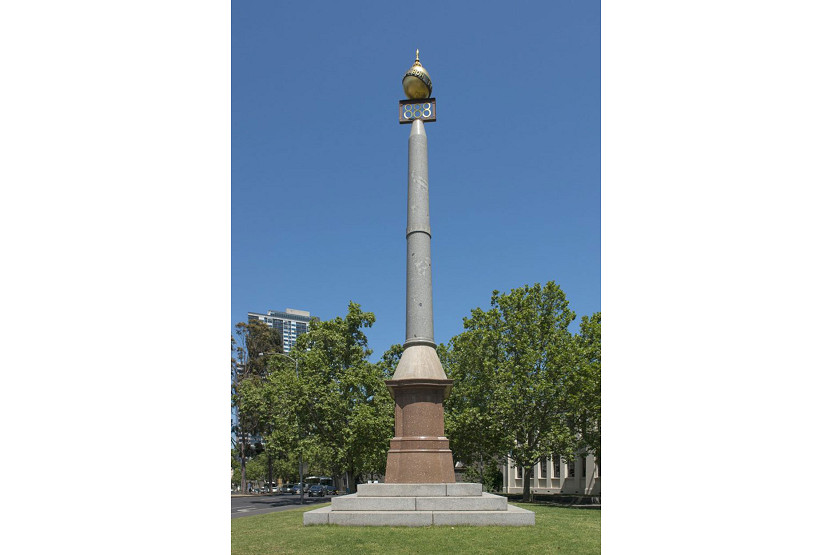The Lort Smith Animal Hospital
The Lost Dogs’ Home was founded in 1913. It was the beginning of a difficult period, with the outbreak of war the following year, followed at its ending with the Spanish flu, and then the beginning of the Depression.
The home was overwhelmed with dogs and, although its charter mandated that destruction of dogs should be its last resort, the home simply didn’t have the resources to provide the care that many needed. The hospital just couldn’t keep up with demand.
A major threat that gave the home a bad name was the perception that it provided dogs to the University of Melbourne for vivisection. In fact, it was the Melbourne City Council which had a contract to provide the university with 60 dogs every year, but the home was stigmatised by association as the home was also under contract to take dogs from the council.
In 1928 a number of women, some of whom were supporters of the Lost Dogs’ Home, founded a new organisation to promote the wellbeing of animals – The Animal Welfare League. A band of Melbourne’s elite society formed the committee. It held balls, organised theatrical performances and garden parties to raise money, but also lobbied for better public education. Money was distributed among several animal welfare groups, but the Lost Dogs’ Home was soon complaining that it was dissatisfied with its portion of the revenue.
The Veterinary School of the University of Melbourne had, for several years, run a clinic for people unable to afford veterinary bills, but in 1928 it had to close due to a shortage of students wishing to enroll. The League was asked to take over the clinic, which was opened on March 1, 1930 by Lord Somers, Governor of Victoria. It opened two afternoons a week, later extended to three. It is somewhat ironic that the first animal clinic that the league opened was at the request of the University of Melbourne, the institution that had proved so disastrous for the reputation of the Lost Dogs’ Home.
The aspirations of the league blossomed to encompass the idea of building its own animal hospital. This was strongly opposed by the Lost Dogs’ Home, which was in the process of building its own hospital – though whether this was as a result of the competition isn’t clear. But bitter animosity between the two organisations developed, with the home making several overtures to the league for the two to amalgamate. The league was implacable in its refusal to consider such a move.
Premises for the new hospital were found in Villiers St, North Melbourne and the foundation stone laid in 1935. It was named after Charles Lort Smith, chairman of the Lost Dogs’ Home in 1926. He was also solicitor for the Victoria Racing Club and the Victoria Amateur Turf Club. Although he had died four years before the foundations were laid he was honoured because he had drawn up the constitution for the Animal Welfare League which auspiced the new hospital.
Charles married in Louisa Montgomery in 1926 and this gave Louisa the resources to pursue her pioneering work in animal welfare. She travelled in Europe and around Australia looking for best practice to bring to Victoria. She was a formidable woman and met all of life’s challenges head on. She was described as, “Short and stout, she was more like a hansom cab than a fashion plate in build. She had intense blue eyes, and a stare from her could stop any animal beater in his tracks”. She took a leading role in the formation of the Animal Welfare League and also, for some years, a prominent role in the administration of the hospital. She was strongly supported by her sister, Marion Montgomery, a dancing teacher who taught many of Melbourne’s social elite.
The Lort Smith Animal Hospital was opened on November 13, 1936 by Sir James Barrett, Chancellor of the University of Melbourne and has continued to serve community for 95 years.
Felicity Jack has written two books – Faithful Friends, which deals with the early history of the Lost Dogs’ Home and the Lort Smith Animal Hospital, and the Kindness of Strangers, the history of the Lort Smith Animal Hospital. The former is available from the Hotham History Project website, the latter is available from Spinifex Press •

Jo Ryan unveils Ordered Chaos at Blender Studios





 Download the Latest Edition
Download the Latest Edition